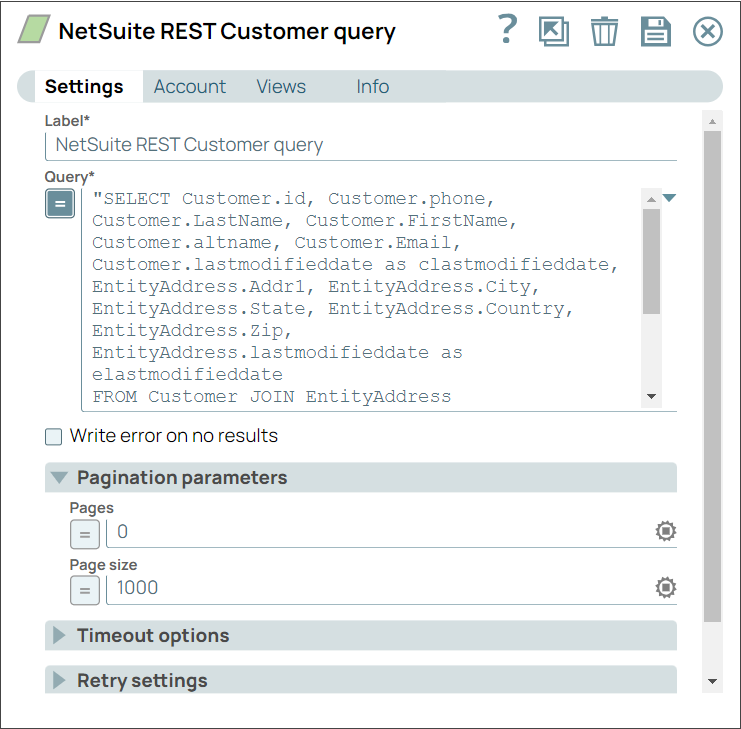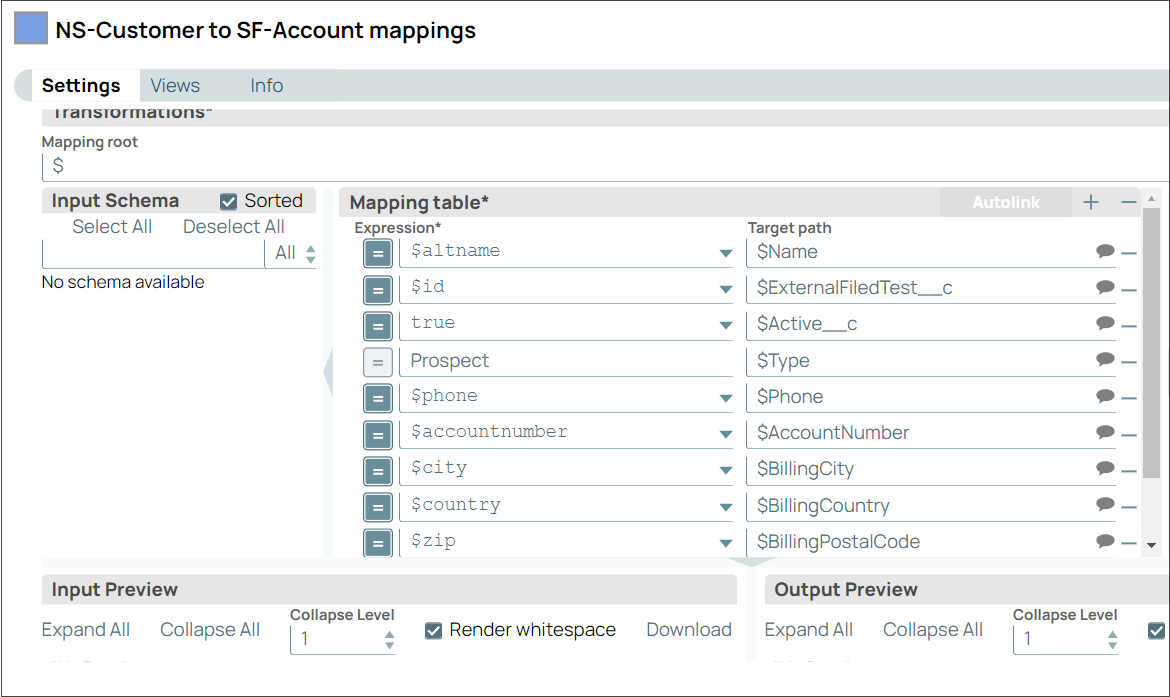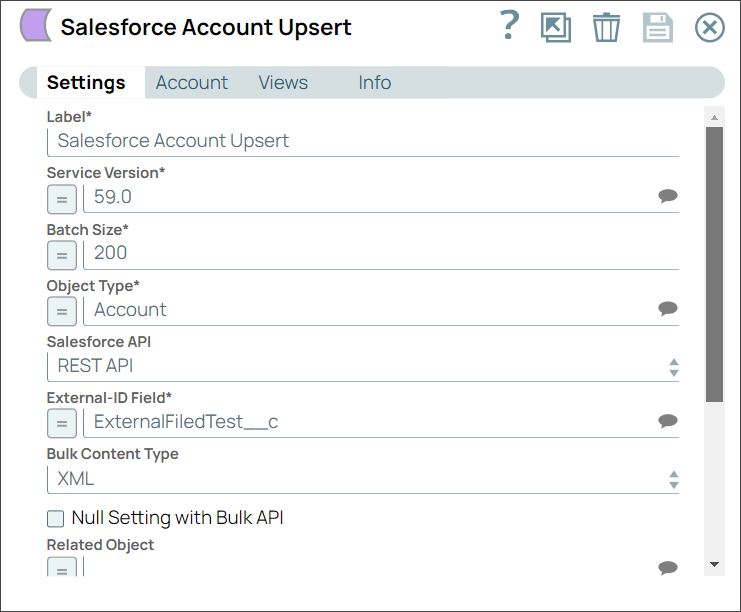Use Case: Build app-to-app integration with NetSuite REST Snaps
Overview
This use case demonstrates how you can seamlessly integrate the ERP and CRM applications, with their specific business needs and different data maintenance formats. The main focus is to overcome the challenges of these integrations.
Problem
In a real business case scenario, to synchronize the data between an ERP system (for example, NetSuite) and a CRM application (for example, Salesforce) can be a challenge because they might have different data structures and formats:
- Both systems might vary in quality standards for handling duplicates, incomplete records, or conflicting information, which can complicate the integration process.
- The integration of ERP and CRM systems can be resource-intensive, both in terms of time and budget.
- The source that is the ERP system is subject to updates, patches, and changes. To ensure that the integration remains functional after updates requires ongoing maintenance.
- ERP and CRM systems might have different workflows and business processes. To train the common users to align these processes to work together seamlessly can be a complex task.
Solution
Using the NetSuite REST Snap Pack, you can automate the process of reading the data from the NetSuite application and leverage the Salesforce Snap Pack to write the data in the destination, which is the Salesforce CRM application. This pipeline demonstrates how the synchronization can be done when the data is in different formats and structures.

Understanding the Solution
The NetSuite application fetches the most recently added or updated customer records in the past 24 hours, which are then seamlessly transferred to the Salesforce CRM application. This gathered information serves the crucial purpose of ensuring that customers' contact details remain current, meticulously tracking every interaction they engage in with your business, and effectively managing their accounts. You can schedule the pipeline execution every 24 hours to keep the CRM application updated. This task ensures that the integration remains streamlined after any transformations in the source.
- Download and import the pipeline into SnapLogic.
- Configure Snap accounts as applicable.
- Provide pipeline parameters as applicable.





